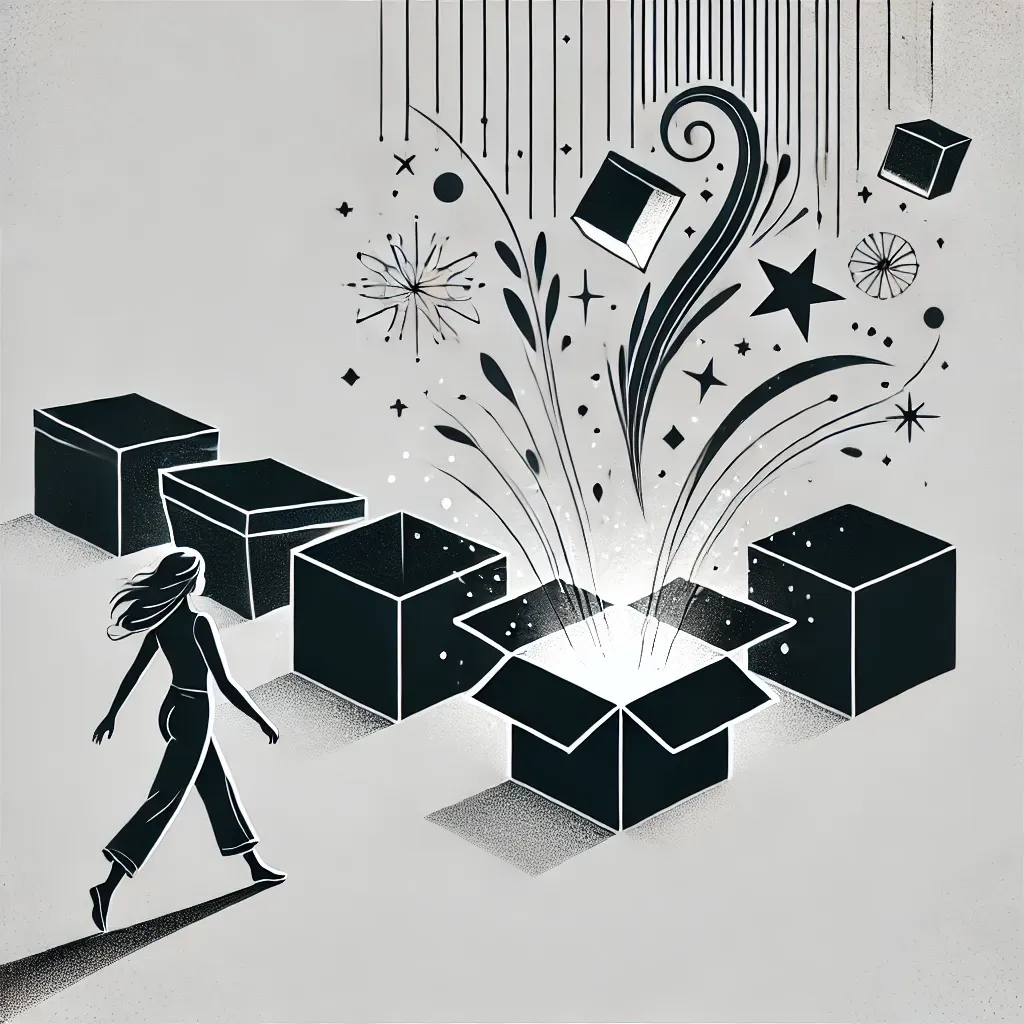What Is My Name Again? : Compartmentalizing a Life in Boxes

If someone were to ask how my brain organizes my life, I’d say it’s complicated—an intricate web of compartments, each carefully maintained, coexisting but never truly intertwining. Growing up, this compartmentalization wasn’t just a habit; it was a survival strategy. It helped me navigate the impossible tension between who my parents wanted me to be and who I felt I truly was. I learned to externalize—to project the version of myself they needed to see—while internalizing the fight to reconcile why I couldn’t fit into the mold they had so carefully crafted.
This strategy allowed me to live in two worlds: one where I appeared to make those around me happy and another, hidden and internal, where I could think and feel freely.
The Odd One Out
From an early age, I got used to being the odd one out. I was the only Asian kid in my school, the one who didn’t quite meet the familial expectations my siblings seemed to embody effortlessly. Later, I became one of the few women in my university classes, often the only minority—and the only woman—on job sites.
But standing out wasn’t celebrated. It was uncomfortable and lonely. So, I adapted. I smiled through the discomfort. I put my head down and worked harder.
When I entered the workforce, the cycle repeated itself. I worked the steel mills and faced assumptions that I was the “secretary,” inappropriate comments from people onsite, and doubts about whether I’d survive in such a male-dominated space, or smart enough to complete the project at hand. I smiled and took it all in stride because survival meant erasing the parts of me that didn’t fit into the boxes others had placed me in.
Over time, the compartments multiplied. Work world, family world, home world, dating world—each one required its own version of me. I conformed, I adapted, and I hid anything that didn’t align with the image I thought I needed to present.
Writing Between the Lines
When I started writing, I chose a pen name—not just for privacy, but for protection. At first, it was to keep my parents from discovering my work and disowning me. But over time, the pen name came to represent something deeper. It became a symbol of the many narratives I created to fit into the compartments of my life.
Writing as Sidney Linh gave me a space to be honest, to talk about the things people don’t talk about, and to explore the parts of myself I couldn’t show in my day-to-day life. But even there, I found myself hiding. The pseudonym kept a divide between my external and internal selves—a divide I’ve struggled to reconcile.
Reconciling the Boxes
For most of my life, I’ve lived within these compartments, never fully showing myself to anyone. If my own parents could threaten to disown me for not meeting their expectations, how could I trust anyone else to accept the real me? The walls around my compartments felt safe. They protected me from rejection, but they also kept me from connection.
Lately, I’ve started to wonder: what if I could combine the boxes? What if I could tear down the walls and let myself exist as a whole person? For so long, compartmentalizing was about survival. But now, I want more than survival—I want to live.
As a first step, I’ve made a decision: I’m changing my pen name. On this website, Sidney Linh will now become Cindy Ly—my real name. It’s a small but significant step toward breaking down the walls and embracing authenticity.
What’s in Your Box?
I’ve spent my life hiding parts of myself in boxes, but I’m ready to let them out. What about you? Is there something you’ve been keeping hidden, something waiting to be set free? What if now is the time to tear down the walls and live fully and authentically?
The compartments served their purpose, but the future is calling for something greater—freedom. Let’s start opening the boxes.
This song embodies what I feel sometimes. That I don't know my name.